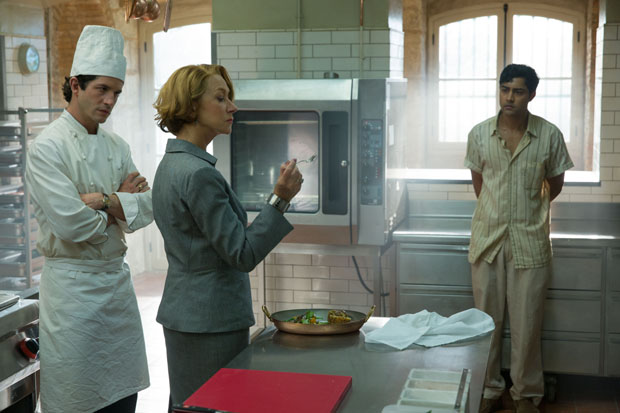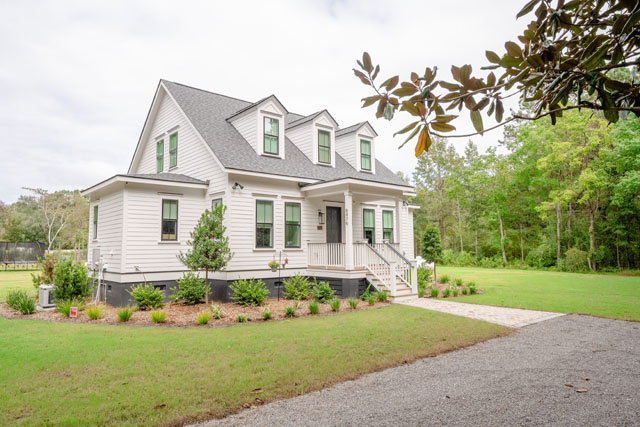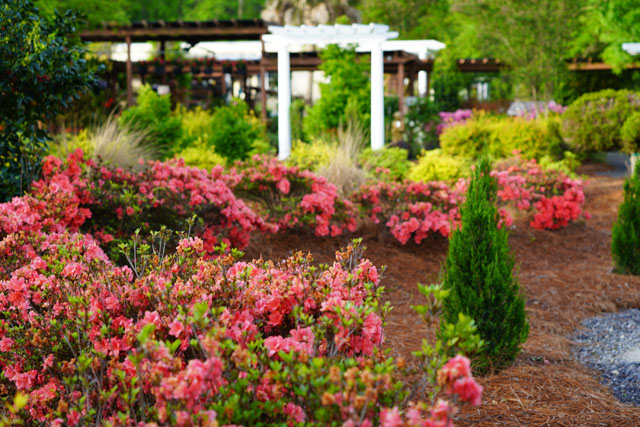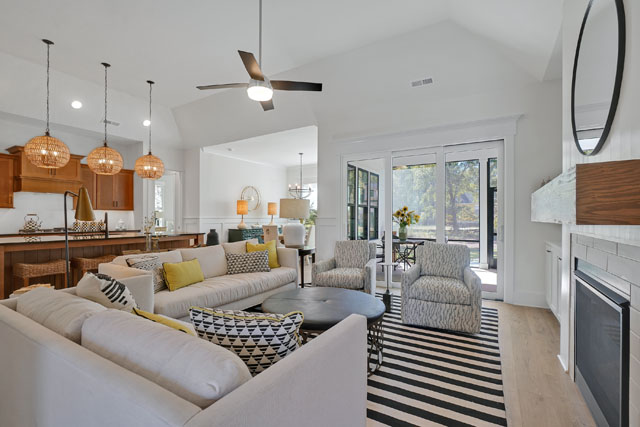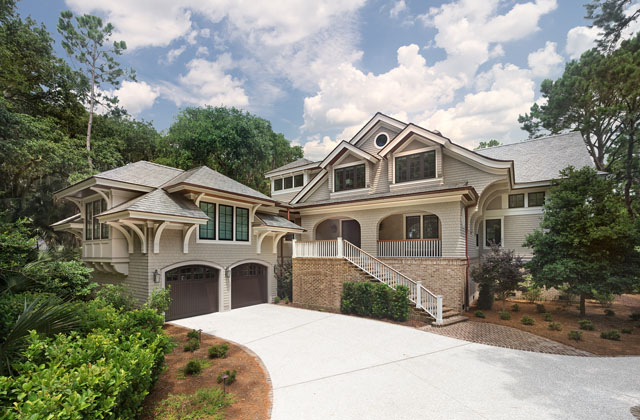Garden Edits
28 Jan 2014
How to repair the blunders of a prior landscape
By PATTY CRAVEN and NICK POPOVICH of DIG Landscape
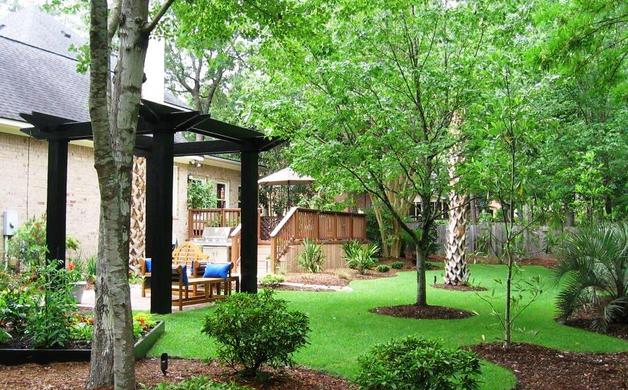
Coming home the other evening I couldn’t help but think about the simple, unpretentious meal my wife and I enjoyed in our favorite French bistro. The key to our enjoyment, we both concluded, were the simple, straightforward presentation and flavors. “Ah”, I thought, “simple is best!”
Yes, a restaurant’s menu can apply to your home’s landscape as most residential landscapes would prosper under the axiom of “less is more.” As landscape designers, we are called often to repair the blunders of past plant choices and layouts. This usually includes what we, as landscape designers and constructors, call “editing”― the simple process of keeping what’s good and removing or transplanting that which is misplaced or of improper use. So, clear the palate, as it were, and start with as blank of a slate as possible so as not to blur what could be. Now, simplify:
Bed Lines
Often the easiest and actually the most impactful decision can be made early on in the design and implementation process. Carefully crafted bed lines, whether linear or gracefully curved, go a long way towards picking up the architecture of the home and the framing of plant materials. This is a key determinant to success and organizes the presentation of color and texture.
Access
Let’s always remember how one is to move through the garden. Is hardscape needed to improve the logistics? Think of enticing points of entry, for instance, or demarcation of a resting point, the best vantage spot to enjoy a particularly nice view. Keep in mind, though, that guidance is needed for eyes as well as feet. One can obscure the bad and create “pathways for the eye” with wise decisions.
Architecture
Yes, a bit of architecture might be key, but strive to utilize a garden structure in the most simple of ways. Think of a pergola in the distance that, while strongly constructed and maybe of a bold complimentary color, creates a point of reference. Or perhaps, a simple arbor or trellis that forms a backdrop to a teak or wrought iron bench. Don’t be afraid―do create a few points of strength that can be enjoyed from inside the home as well as outside.
Plantings
Finally, the plants! The “dessert” of the landscape are now to be enjoyed with a logical, enhanced layout. But which ones? Think of a complimentary plant palate, one that infuses color and/or texture in meaningful ways. And please consider native plants. Just as chefs search locally for the best and most satisfying local, indigenous product, we are blessed with a grand variety of native plants that both satisfy aesthetic needs as well as benefitting from their inherently low level of maintenance.
So, enjoy a glass of Cotes-du-Rhone as you consider the enticements. Just remember that what will work is that which is tried and true. As a classic dish is prepared so might your landscape. Savor the simple that is before you as your home’s landscape is transformed into the piece de resistance of the neighborhood.
Got a question for our garden experts? Go to charlestonlivingmag.com/pages/contact and send us your questions.

